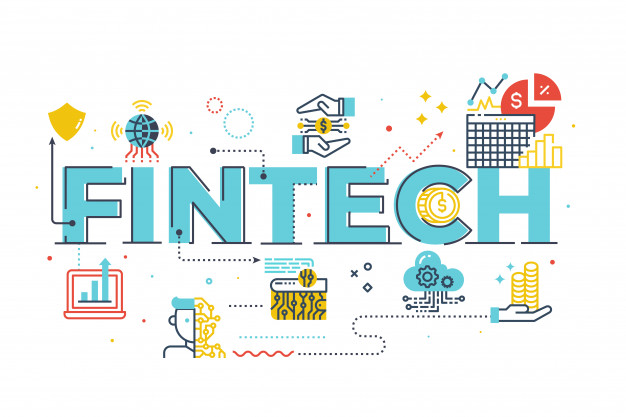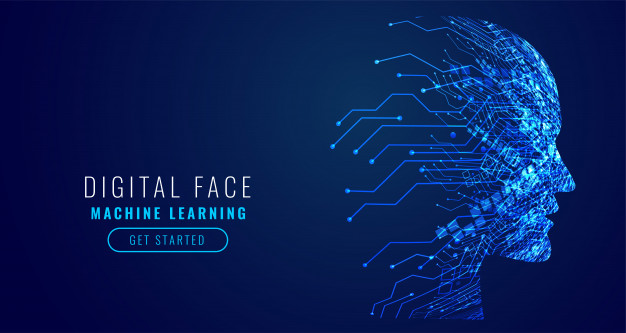Machine learning in social media analytics
Audio : Listen to This Blog.
The many channels that social media offers are used by different businesses in different ways. Businesses cognizant of the importance of social media intelligence take steps to lay down clear business goals, marketing goals and identify the KPIs accordingly. Social media analytics is nothing but the process of accumulating information from social media in order to understand the sentiments of the customers and the opinions that the customers have about the business.
Structured vs. unstructured data – the real difference in studying every piece of information that matters
Social media campaigns can be in the form of photos and videos, social media posts, blogs and lots more. The blogosphere is expanding day by day and so are the posts and feedback in the form of comments being posted on the various social media sites.
When we talk about data from social media – there is the direct data that is quite simple to grasp and that is what we call as structured data. This is the most straightforward type of data like the number of likes, shares, comments, dislikes, subscriptions, retweets and more. If there are just a handful of posts live at a time then tracking this data can be done manually. There are also social media analytics tools for this purpose to help those businesses that are super-active in social media. The next type of data that really matters, one that would give valuable information about the opinions being shared by the customers would be the content in the comments, blogs about the products/services, opinions shared in the form of images, posts and videos on social media etc. Such unstructured data would be a tad bit more difficult to comprehend. They rely mostly on the keywords but then the context should also be considered to filter out relevant content. Simple social media analytics tools are sufficient for studying structured data. But to study unstructured data by taking into account the contextual meaning, natural language processing capabilities would be essential to perform detailed sentiment analytics. That is where machine learning comes into the picture. The way machine learning works and the ways in which it can be used might flummox some. But there are many that have begun putting this spectacular technology to good use. Businesses around the globe, the small ones and the large ones alike, are now trying to excogitate the many faces of machine learning and the different manners in which it could be used to improve social media analytics.

More than just rules determine the decisions made
Social media analytics plays a crucial role in the decisions made by the businesses. The success of a social media campaign can be measured when the right metrics are studied. There would be more than just a finite set of rules to abide by and the machine learning systems would also be able to take decisions based on unfamiliar data which is in no way similar to the dataset used to train it. That is the difference between simple analytics tools and machine learning systems for social media analytics. Machine learning tools are more relevant in such situations because predicting every type of customer response in order to train the system is close to impossible, so a system that can recognize patterns would be better.
The rise and fall of brandindex ratings
There have been cases where customers have posted negative reviews about certain products causing the reputation of the product and the brand itself to fall. This in turn leads to the drop in the brandindex ratings as well. There have been such occurrences that have led even to product recalls and to the fall of some big brands. The reverse also holds good. There have also been some cases where customer opinions, positive reviews posted by customers on social media have made miniscule brands become market leaders overnight. A brand that is able to sort out such feedback posts on time to respond to the respective customers and take suitable countermeasures on time is a brand that really manages to make a difference. In fact such timely reaction can convert the most destructive comments to positively influence the business. A business that heeds the customer opinions would manage to win the trust of the customers.
Machine learning would be able to use cluster analysis, pattern recognition and other relevant strategies to use more than just a bunch of keywords to hunt for online content talking about the business. It would also be able to efficiently leave out spams that might superficially appear to be relevant to the business. Thus they can perform the first level of filtering to result in a finite cluster of data that can easily be processed by humans.
The intelligent machines are still machines no matter how much they learn
Machine learning is not an autonomous technology. It works in synergy with other advanced technologies and simply makes things better keeping the end user in mind. One thing that we cannot deny is that machine learning, as powerful as it is known to be, still comes with its own limitations. No matter how many types of scenarios you feed into the system there is a certain amount of uncertainty that can be expected. After all even humans cannot predict the future and all past events put together cannot predict possible future events. So using machine learning for social media analytics is not the absolute answer to all the woes of the social media managers. A wise move would be to use machine learning to perform the analysis but also have human supervision to make better sense of the data. Because machines can only interpret human interactions based on the training- they cannot empathize with or understand the sentiments in the virtual sense. The nuances of the language itself is a factor to begin with. To tackle this there has been a lot of work going on in natural language processing but there is still a lot of scope for improvement. The semantics, the puns, the sarcasms, ironies, satires and the many dimensions to the same sentence in the same language cannot fully be understood by the machines as of now. So if a machine identifies and harvests all the posts, blogs and other such data talking about the particular business from the nearly infinite pool of information on the internet, in social media, it can still not fully absorb the depth of the content. But understanding the real meaning, the real intention behind the post is what makes social media analytics complete. So, for now, the machine learning enabled systems for social media analytics are merely virtual assistants for the marketers in the business and they cannot replace them.
When a business is able to pick out customer posts it would ensure that no discussion about the products or services are missed and so no customer would feel left out. Accurate analysis would lead to more productive social media marketing strategies which are also cost effective and yield better returns.



